Women writers and science fiction
At Jaipur Literature Festival 2019, I moderated a discussion with two Indian women writers on their speculative fiction novels — Sadhna Shanker’s Ascendance and Priya Sarukkai Chabria’s Clone.
5 Feb 2019
At Jaipur Literature Festival 2019, I moderated a discussion with two Indian women writers on their speculative fiction novels — Sadhna Shanker’s Ascendance and Priya Sarukkai Chabria’s Clone.
5 Feb 2019
Every Monday I post some of the books I have received in the previous week. This post will be in addition to my regular blog posts and newsletter.
In today’s Book Post 23 included are some of the titles I received in the past few weeks and are worth mentioning and not necessarily confined to parcels received during the holiday season.


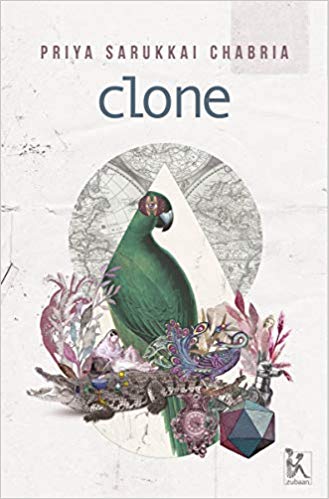
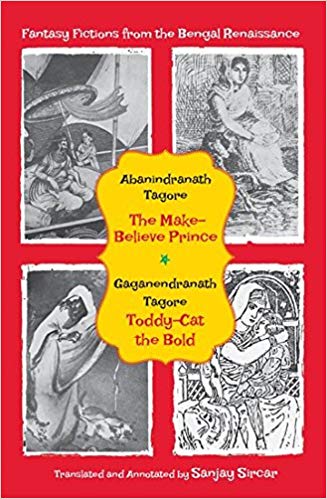
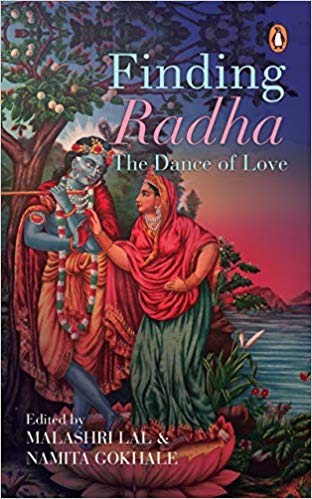




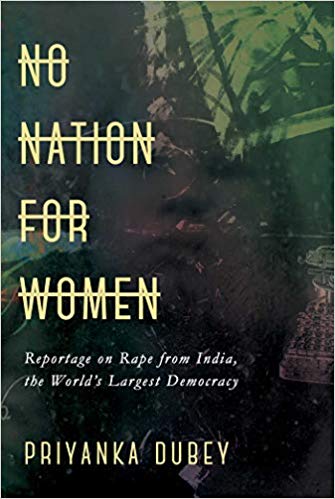

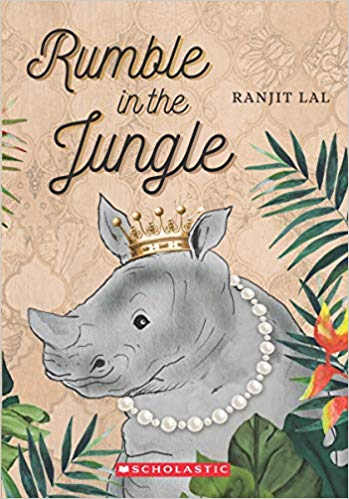
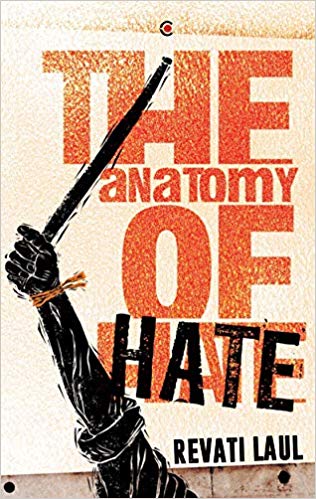
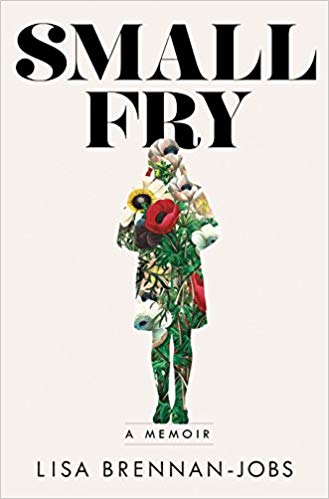
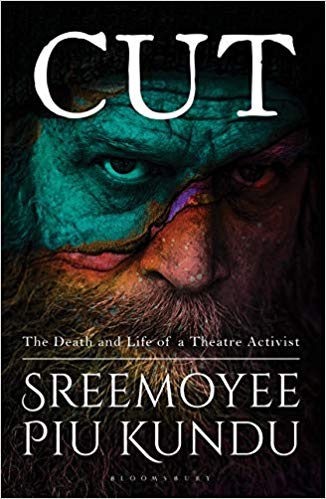

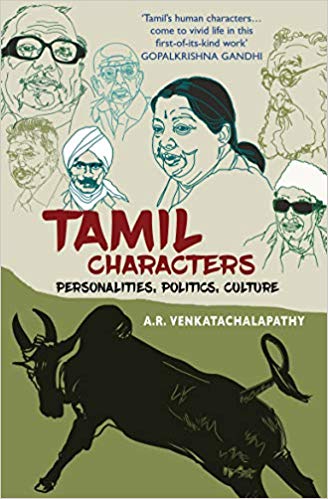



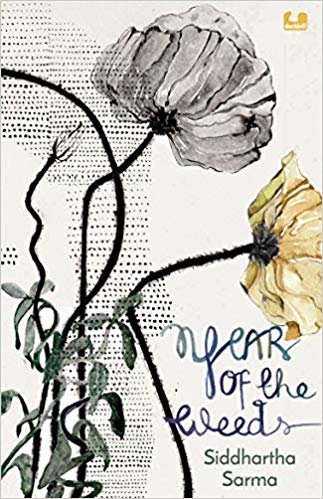

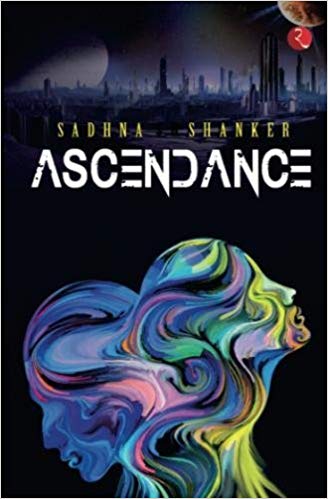
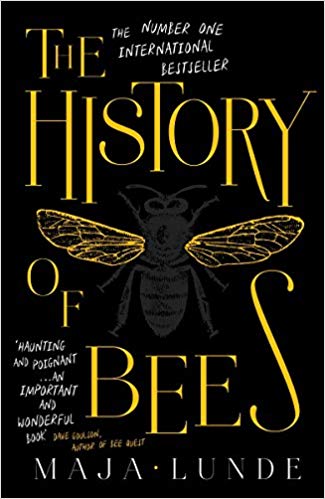




Enjoy reading!
7 January 2019
( This blog post was picked up by the award-winning news website, Scroll. An edited version of this review was published by Scroll’s literary editor, Arunava Sinha, on Sunday, 19 June 2016. The original url is: http://scroll.in/article/809971/six-hundred-pages-that-will-tell-you-more-about-yourself-and-your-future-than-anything-else . )
The real magic was imagination.
( p.148)
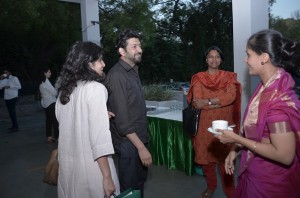
( L-R) Chiki Sarkar, Publisher, Juggernaut, Siddharth Mukherjee, Nirmala George, journalist and Jaya Bhattacharji Rose, IIC, New Delhi, April 2014
Siddharth Mukherjee’s The Gene: An Intimate History is an extraordinarily riveting book. It is easy to forget you are reading a densely packed account of the gene. In 600+ pages Pulitzer prize writer Siddharth Mukherjee narrates the discovery of genes, evolution of genetics as a scientific discipline and the rapid strides this science has made in about a century. Consider this. The term “gene” coined by Mendel in the nineteenth century was all but lost for more than six decades only to be revived in early twentieth century and then became a common term. A few decades later it led to the coining of “genocide” in Nazi Germany. Half a century later the helical structure of DNA & RNA were discovered. Two decades later questions were being raised about the ethics of genetics and tinkering with genes. Yet recombinant genes were put to use in commercial production for insulin to a resounding success. By 2000, about a century from when the word “gene” was revived, the Human Genome project was announced. There is a phenomenal amount of technical information packed in the book with a few anecdotes, some personal, inserted judiciously into the narrative.
From the time of Pythagoras, Aeschylus and Plato who were convinced that the “likeness” of a human being passed on via the “mobile library” preserved in the semen to Aristotle who rejected this notion by astutely observing that children can inherit features from their mothers and grandmothers too. The Gene details over the centuries the manner in which people pondered over what carried information across generations without really understanding the mechanism or even having a name for it till Mendel and his pea experiment and Darwin’s theories. It was Mendel, a monk, who first used the term “gene” except it was lost for a few more decades till resurrected in the early twentieth century. This was a watershed moment in the history of genetics as suddenly there were a concatenation of events that led to a furious progress in understanding the gene mechanism. From coining the word, understanding the structure, the mechanism, the potential, exploiting applied genetics as was done by the Nazis to enable Rassenhygiene or “racial hygiene”, using this branch of “applied biology” to justify their policy of lebensunwertes Leben or “lives unworthy of living” and justifying the establishment of extermination centres such as Hadamar and the Brandenburg State Welfare Institute. It was based on the premise that identity was fixed. Curiously enough another ideological position in existence at the same time in Soviet Russia viewed the principle of heredity as having its basis on complete pliability. In both cases science was deliberately distorted to support state-sponsored mechanisms of “cleansing”. Rapid advancement in genetics led to discovery of recombinant DNA to create crucial medicines such as insulin and its commercial production by biotechnology industries, the ability to clone as was done with Dolly the Sheep, to questions being raised about the ethics of genetics, to the establishment of the Human Genome Project. It has been a phenomenal few decades for curious and imaginative scientists trying to understand the principles of heredity, what makes it tick, what information gets passed on from generation to generation, what is gained and what is lost in evolution — always striving to push the boundaries to ask more and more questions.
To a lay reader The Gene is a brilliant historical overview but it also does a fantastic job of reinstating Rosalind Franklin as one of the four scientists responsible for discovering the helical structure of DNA. A fact that had been lost in history for some decades even when the Nobel Committee conferred the prize on Watson and Crick for discovering the helical structure. It is only recently that Rosalind Franklin’s name has been mentioned in the same breath as Watson and Crick. Siddharth Mukherjee lays down the facts of their experiments and analysis in such a way that it is evident the scientists were working simultaneously on the same subject, albeit not together.
I heard Siddharth Mukherjee deliver a public lecture two years ago when he came to India to receive the Padam Shri from the President of India. At the time he was still working on the manuscript of The Gene and here is an account: https://www.jayabhattacharjirose.com/siddharth-mukherjee-27-april-2014/ . In 2015 he gave a fascinating TED Talk followed by a brilliant exposition on the subject published as a TED Book by Simon & Schuster. Here is the link: https://www.jayabhattacharjirose.com/siddhartha-mukherjee-the-laws-of-medicine/
What began as an attempt to understand the reasons for “madness” that seems to exist in his family, Siddharth Mukherjee embarks upon an absorbing account of the “triggers” that are responsible for mapping information and carrying it from generation to generation. The Gene is phenomenal for the manner in which it weaves together the author’s precise scientific temper offering technical information against the backdrop of factually accurate and significant contemporary events of the time. Siddharth Mukherjee puts forth a magnificently rich historical narrative of the gene accessible even by an ordinary reader.
Siddharth Mukherjee The Gene: An Intimate History Hamish Hamilton, an imprint of Penguin Books, London, 2016. Hb. pp. Rs 699
14 June 2016